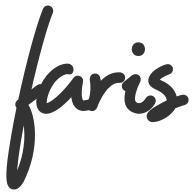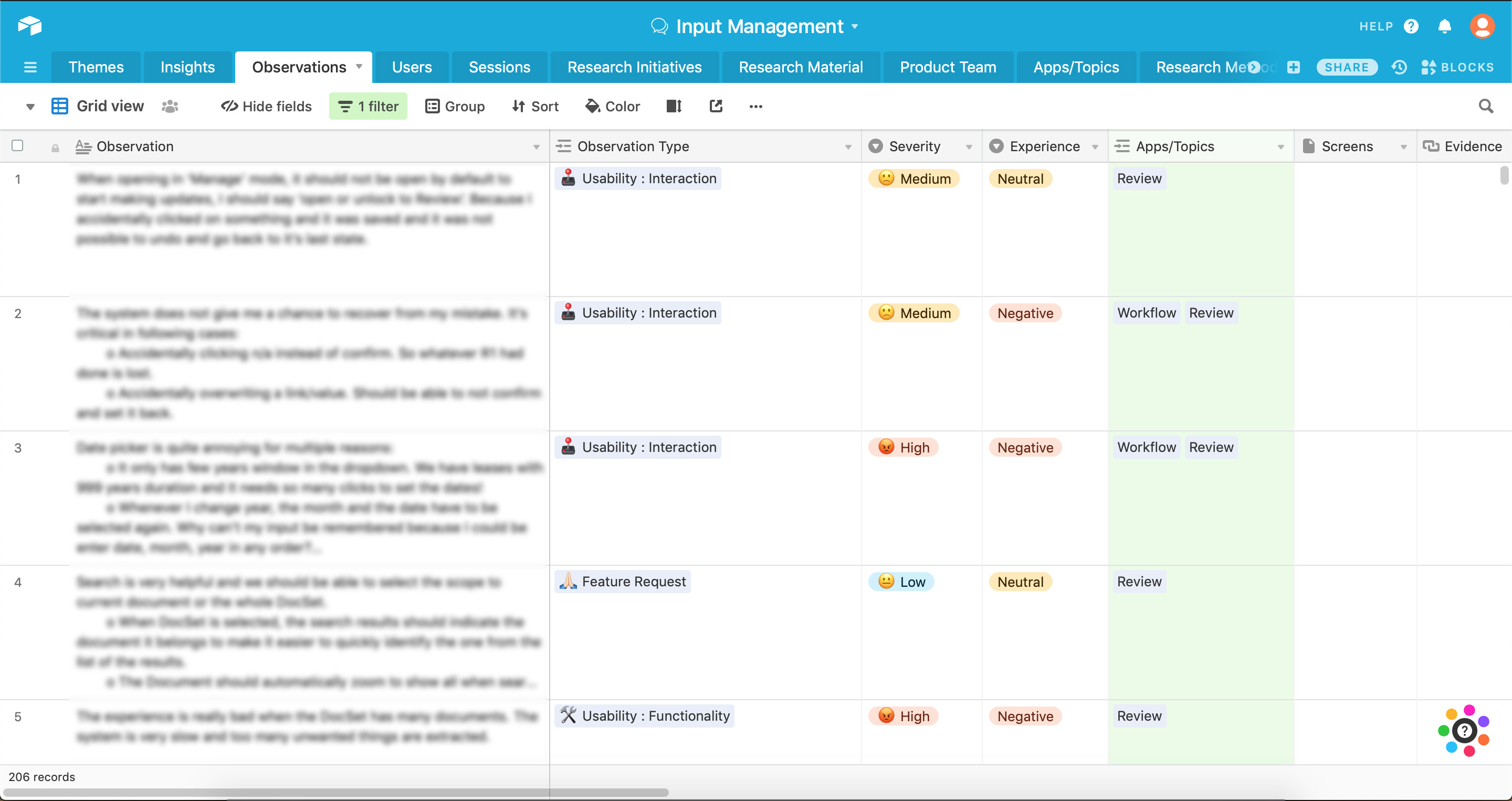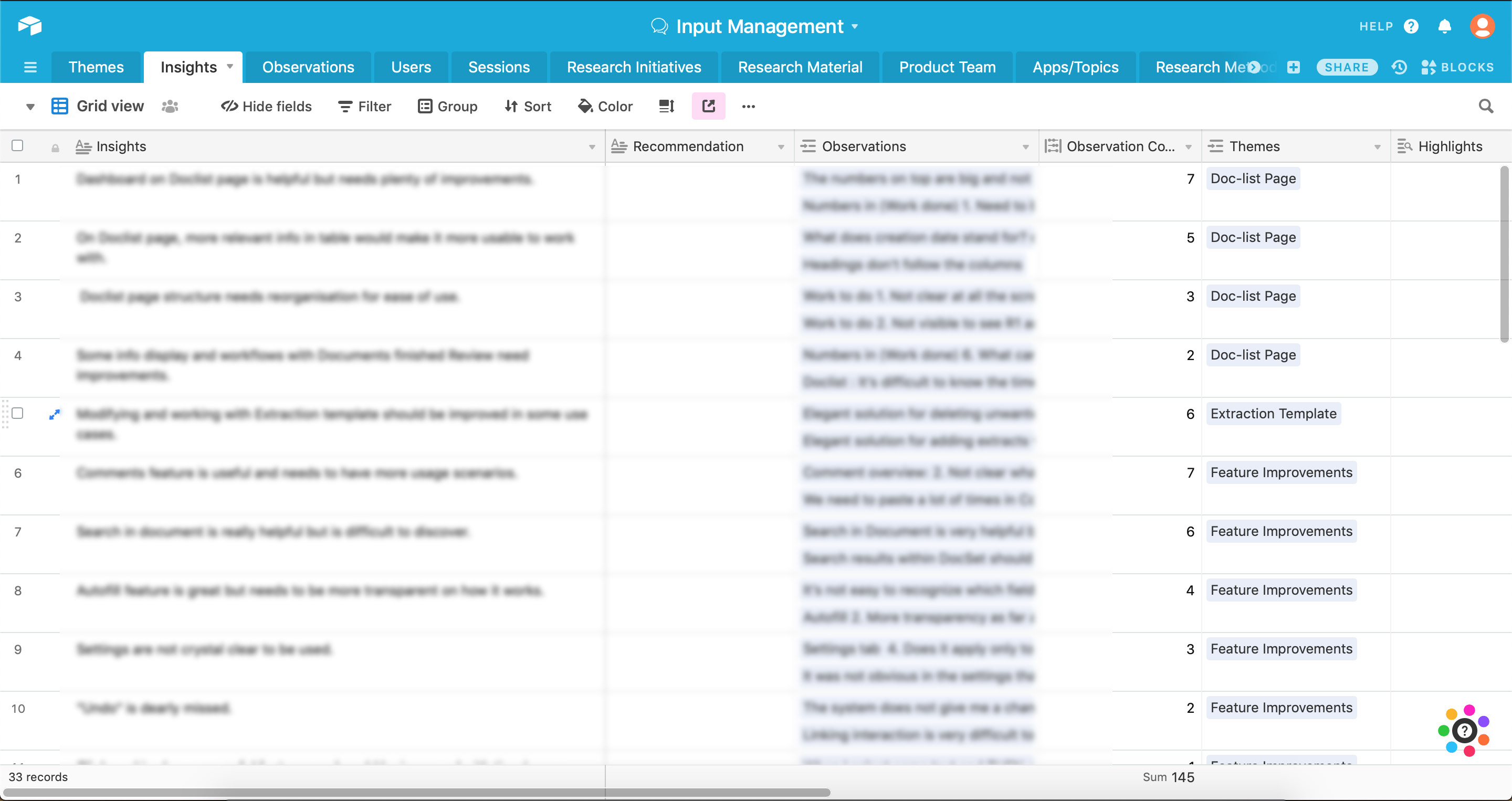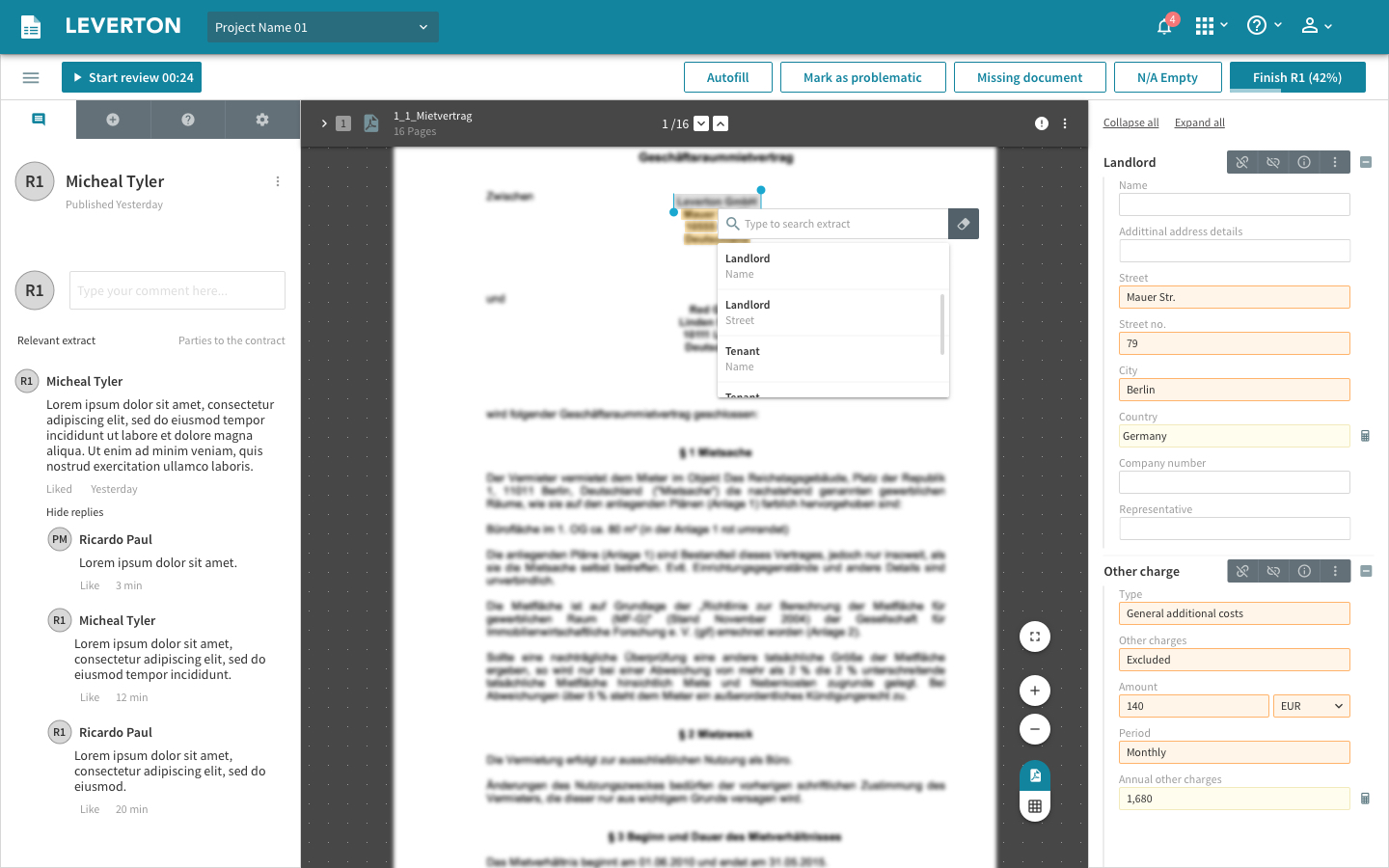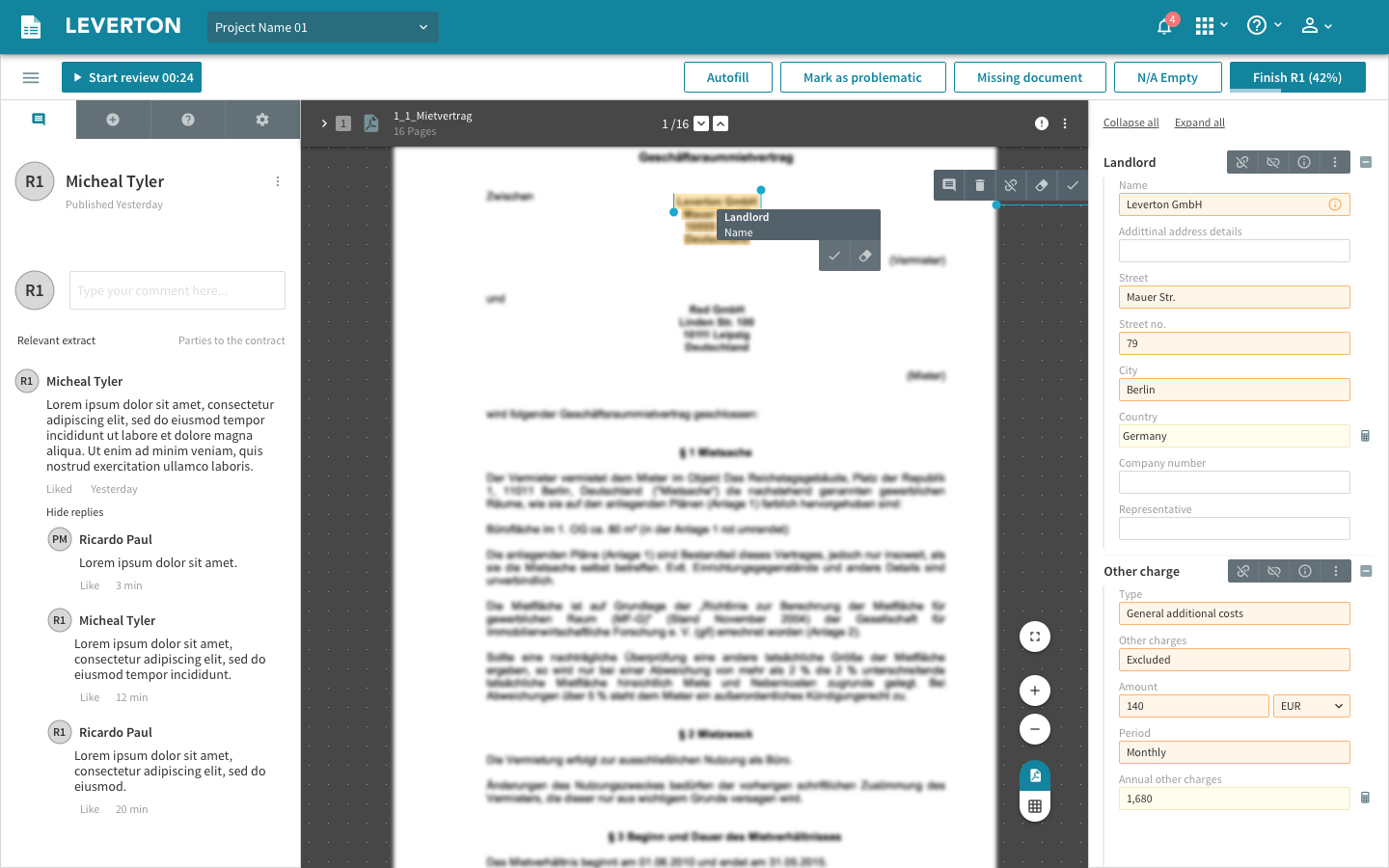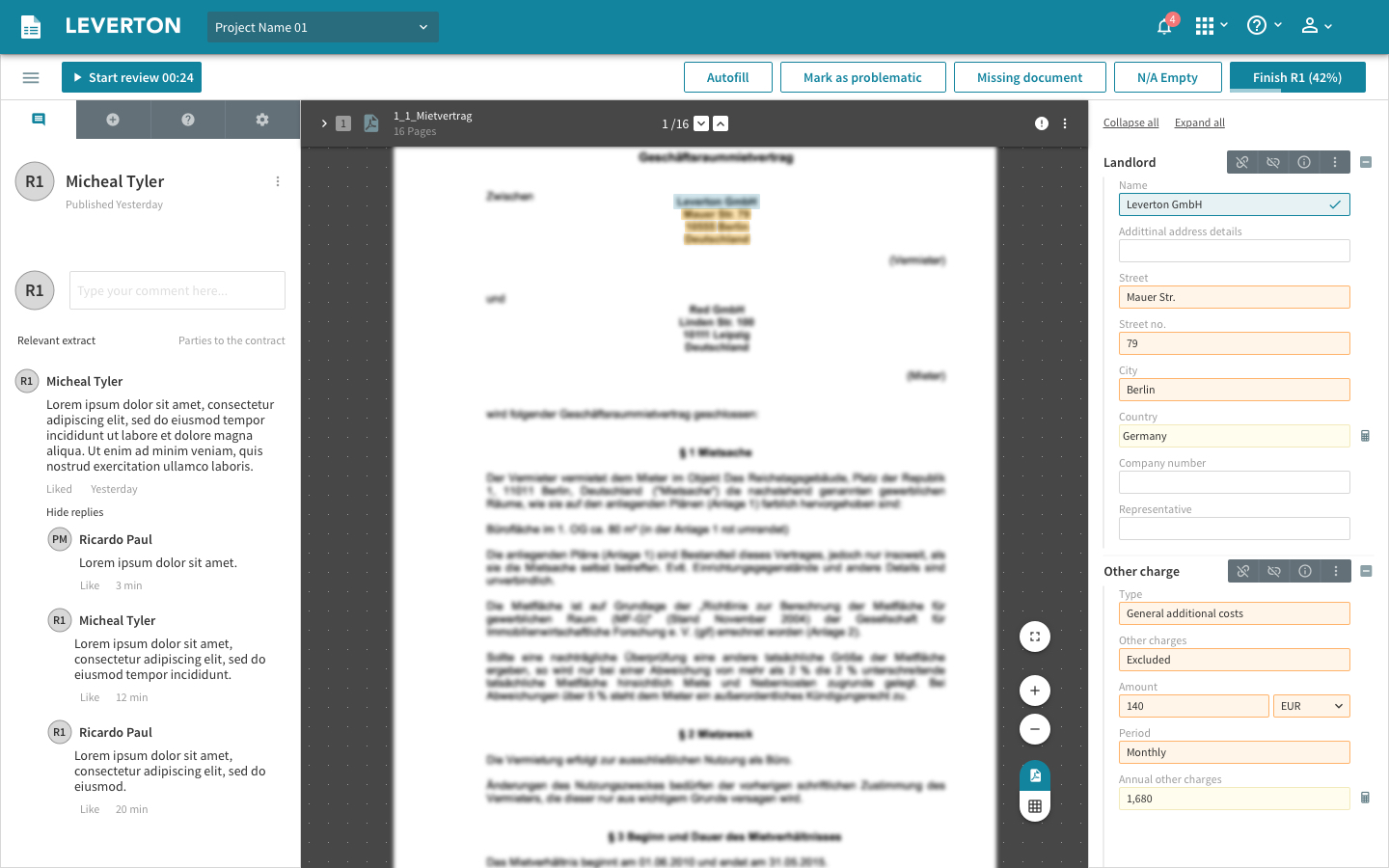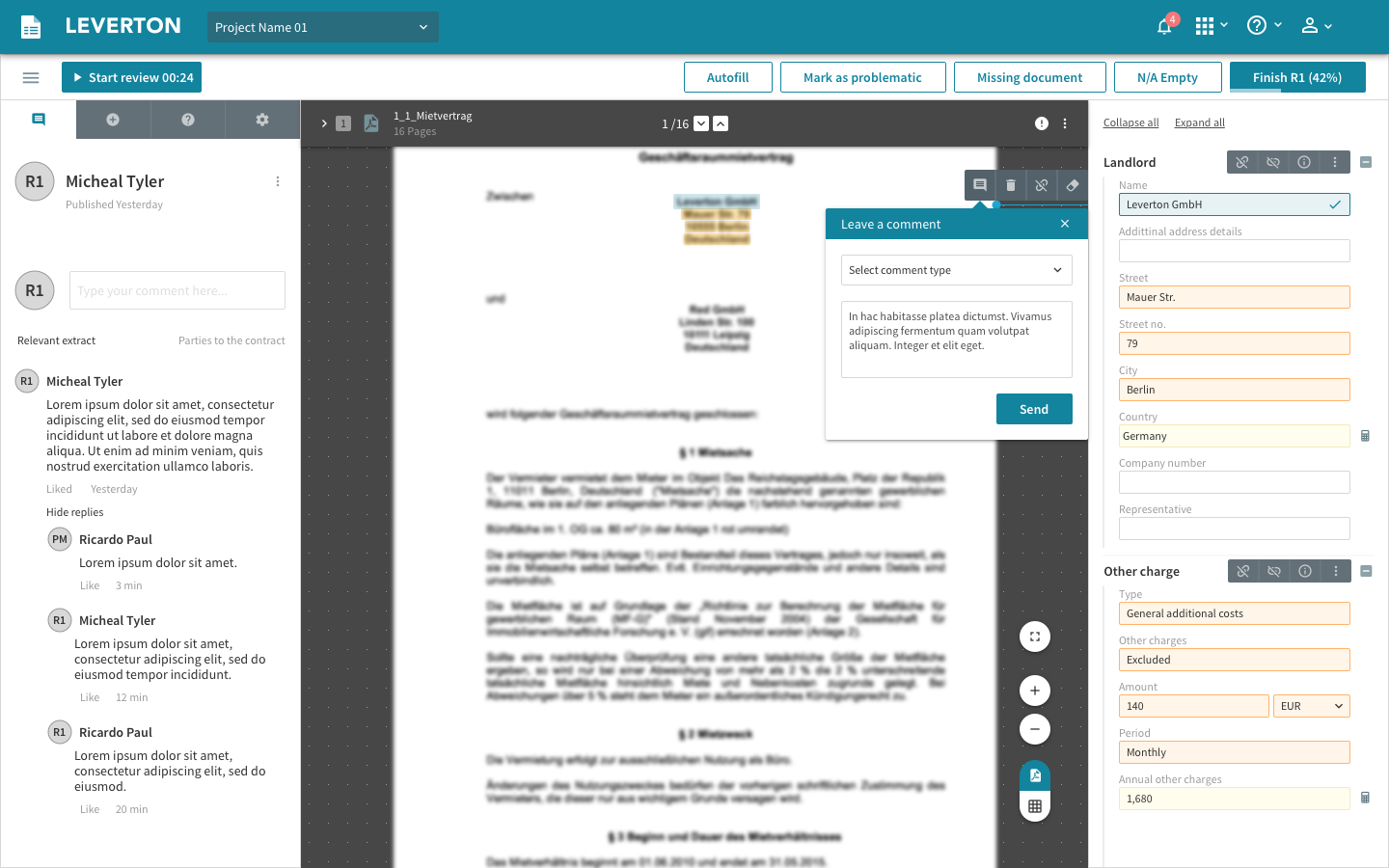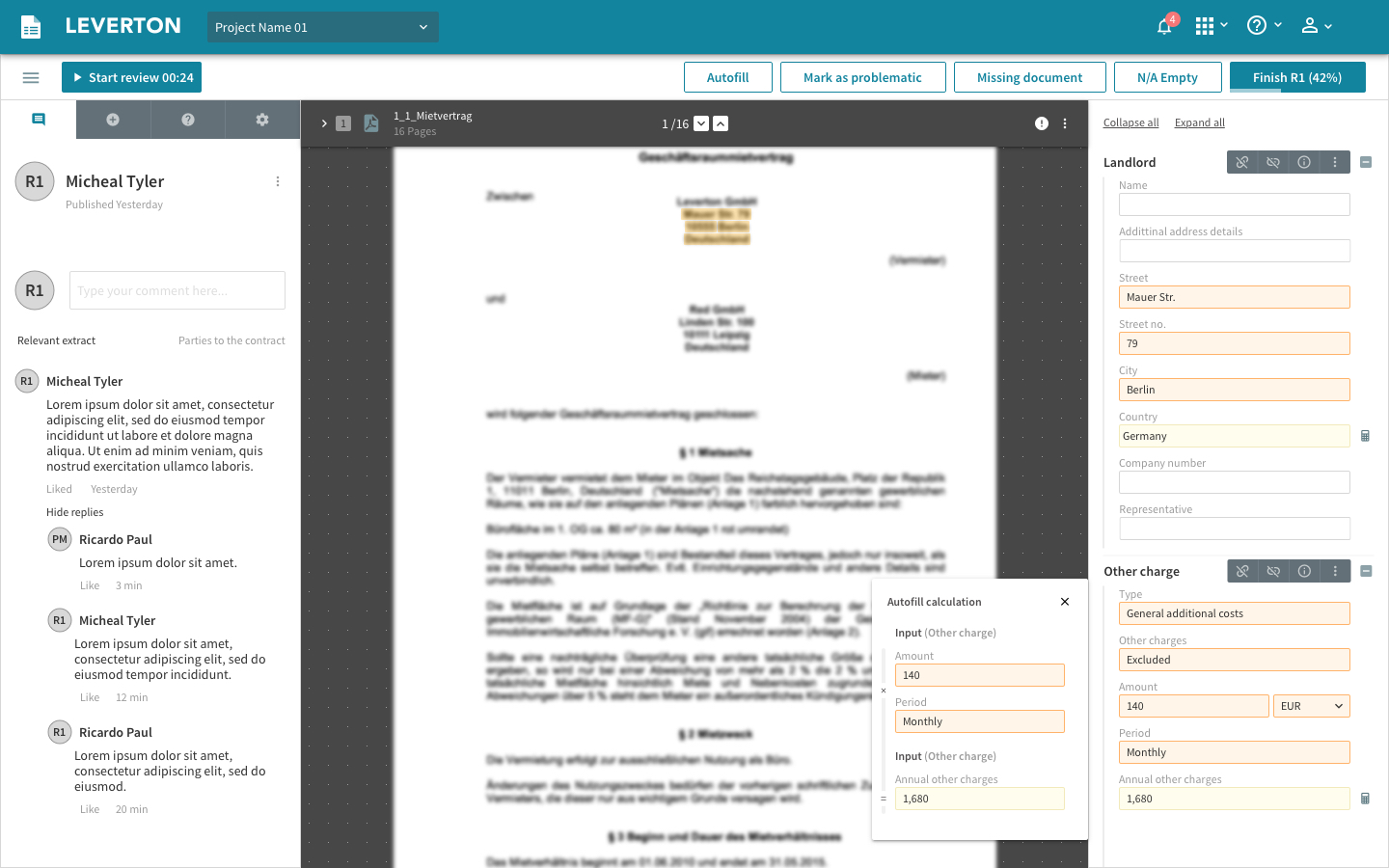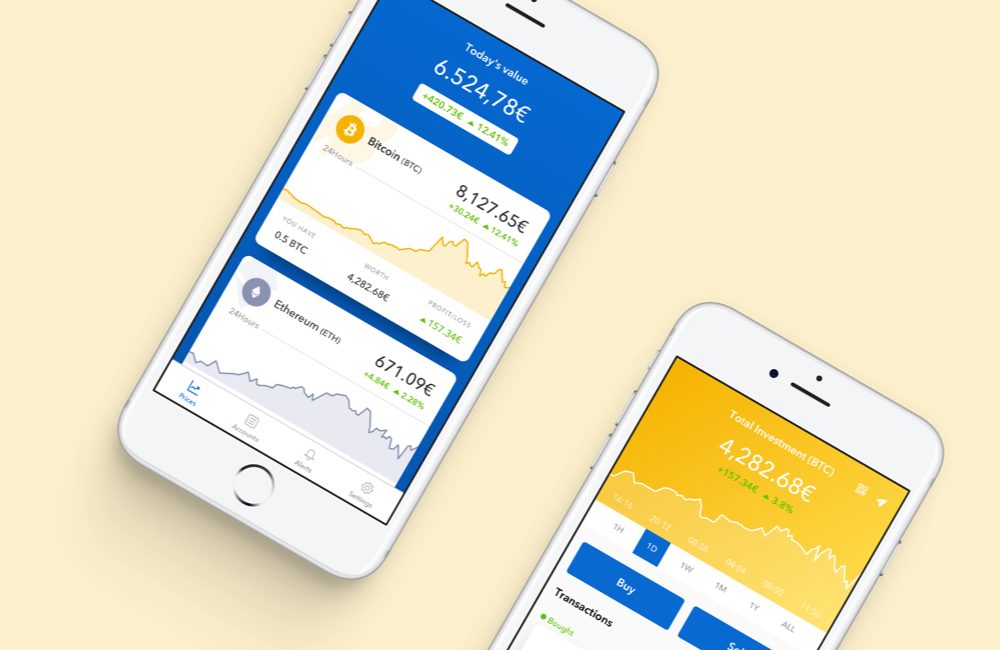Leverton’s patented data extraction and contract analytics platform is powered by proprietary state-of-the-art OCR and AI technology. The deep learning algorithms automatically extract relevant information out of unstructured documents turning them into highly structured and accurate data you can rely on.
According to our user research and analytic tools, on the Review app:
• The first review process (R1) takes too long from our reviewers.
• In the second review process (R2), the second reviewers detect too many mistakes that must be returned to the (R1) process.
• Calculated fields are hard to understand.
The discussion was focusing on our business goal and what we want to achieve in the long term in the Review App (Better Data Quality). We want to target the main problems that our users are facing and uniquely solve it in our review app.
First step We clustered all the feedback based on the topics, then we did a sub clustering for each observation. This helped us to add a title for each cluster. As a second step, we went through each sub-cluster and changes the titles to a problem statement in order to come up with the How Might We (HMW) exercise.
The outcome of the problem statements that we presented was the conducted research from our users in India, the UK, and the US.
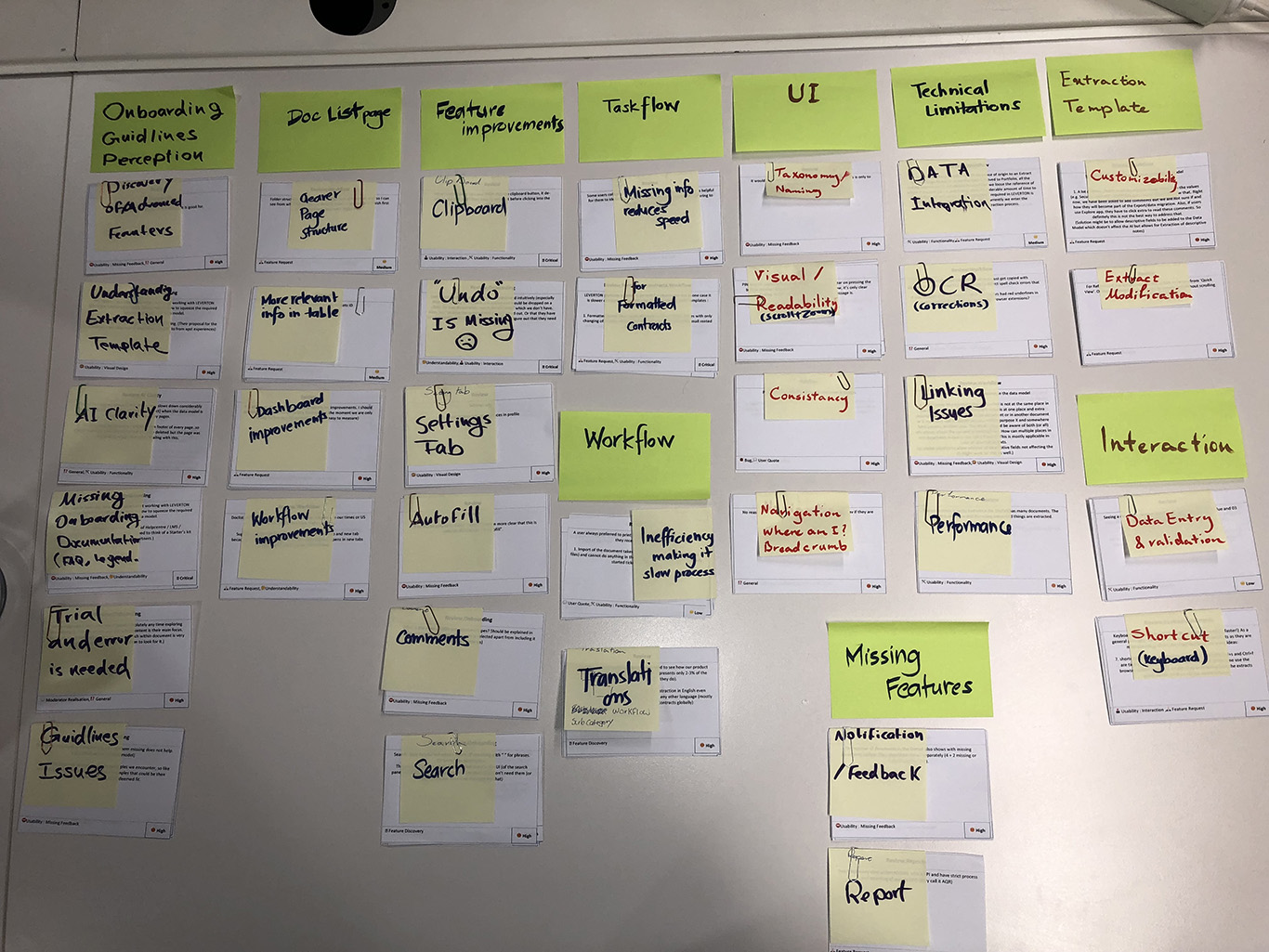
After discussing each statement and adding on them, each stakeholder had 4 voting dots to vote on the highest priority statements they think we should find solutions for.
Looking at the insight statement we voted on. We asked our stakeholders to try rephrasing them as questions by adding “How Might We” at the beginning. Also, we asked our stakeholders to suggest several How Might We questions if the insights needed them as the goal was to find opportunities for design.
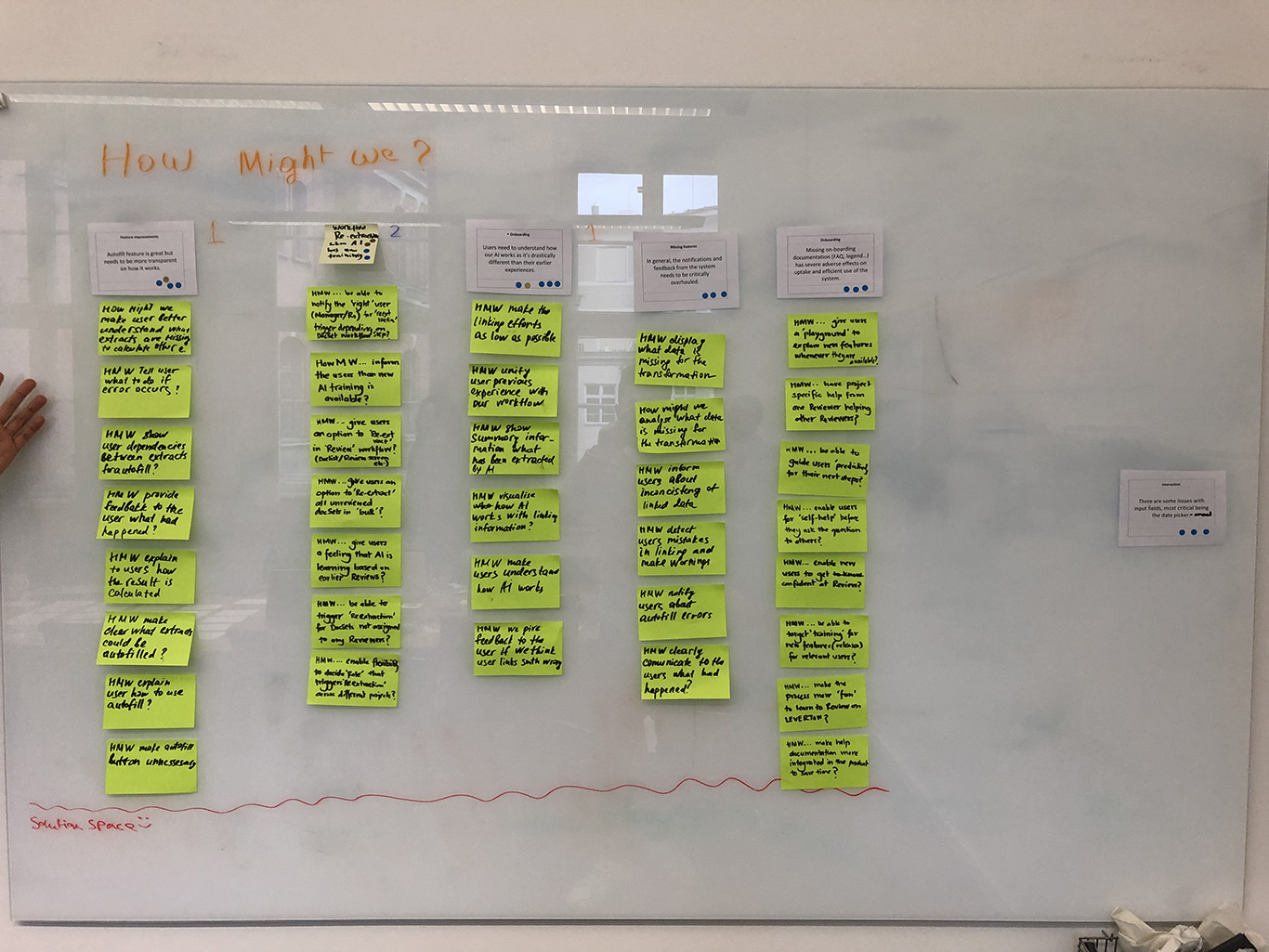
Some of the HMW’s were too broad and some were too narrow that leads to the solutions and for that, we moved them the narrow ones to the Solution space which didn’t want to focus on at the step.
After moving all the narrow HMW to the Solution space, we started voting on the most critical ones in order to start with the ideation phase and coming up with a solution on the second day.

After having our “How Might We” done, we know what we want to solve, so now the creative part where we will start sketching out possible solutions. The method that we will use is called crazy eights, in which every participant will fold the A4 paper in the middle which will generate 8 pieces, to sketch an idea and interactions on the pieces.
We asked our participants to start thinking and drawing their solutions based on the highest votes collected on the HMW from each category, as we want to get many ideas even if the ideas are bad just draw them and the best ones will come later. Participants were aware that the sketch shouldn’t be perfect, it can be part of the interaction that solves the problem.
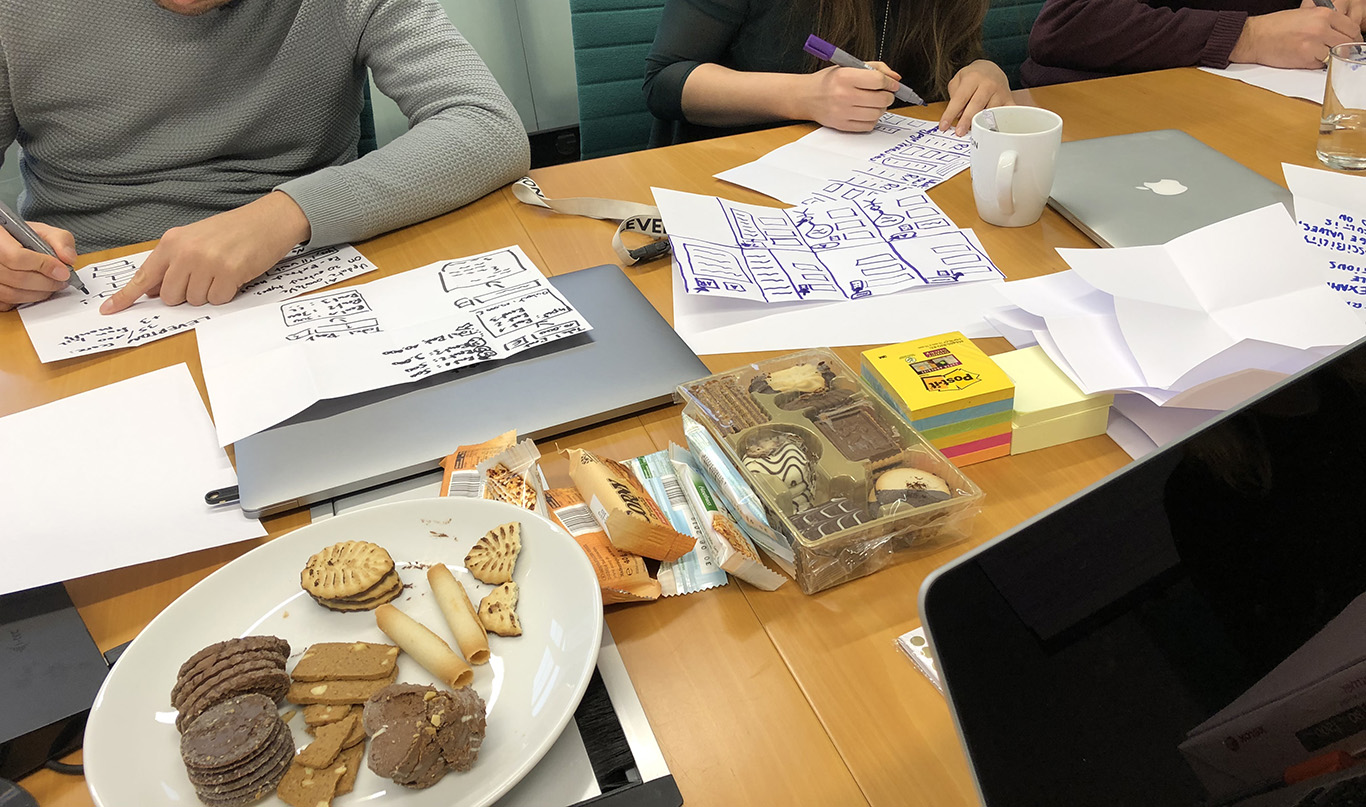
Each participant hanged their solutions for each HMW and present their solutions without any voting discussion at this moment, this helped them to share their ideas and get other insights from other participants which will help them to build on their ideas for the final sketch.
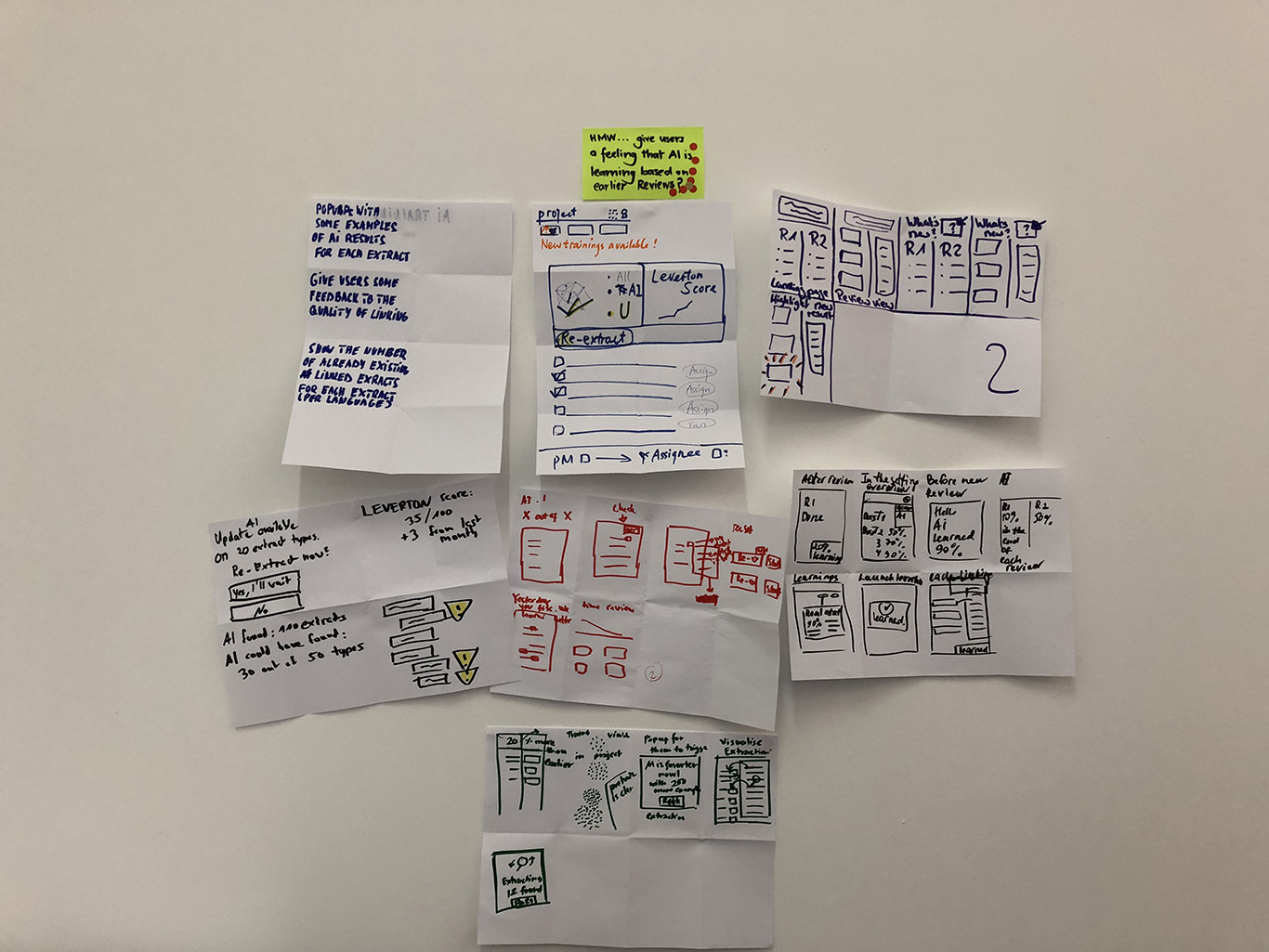
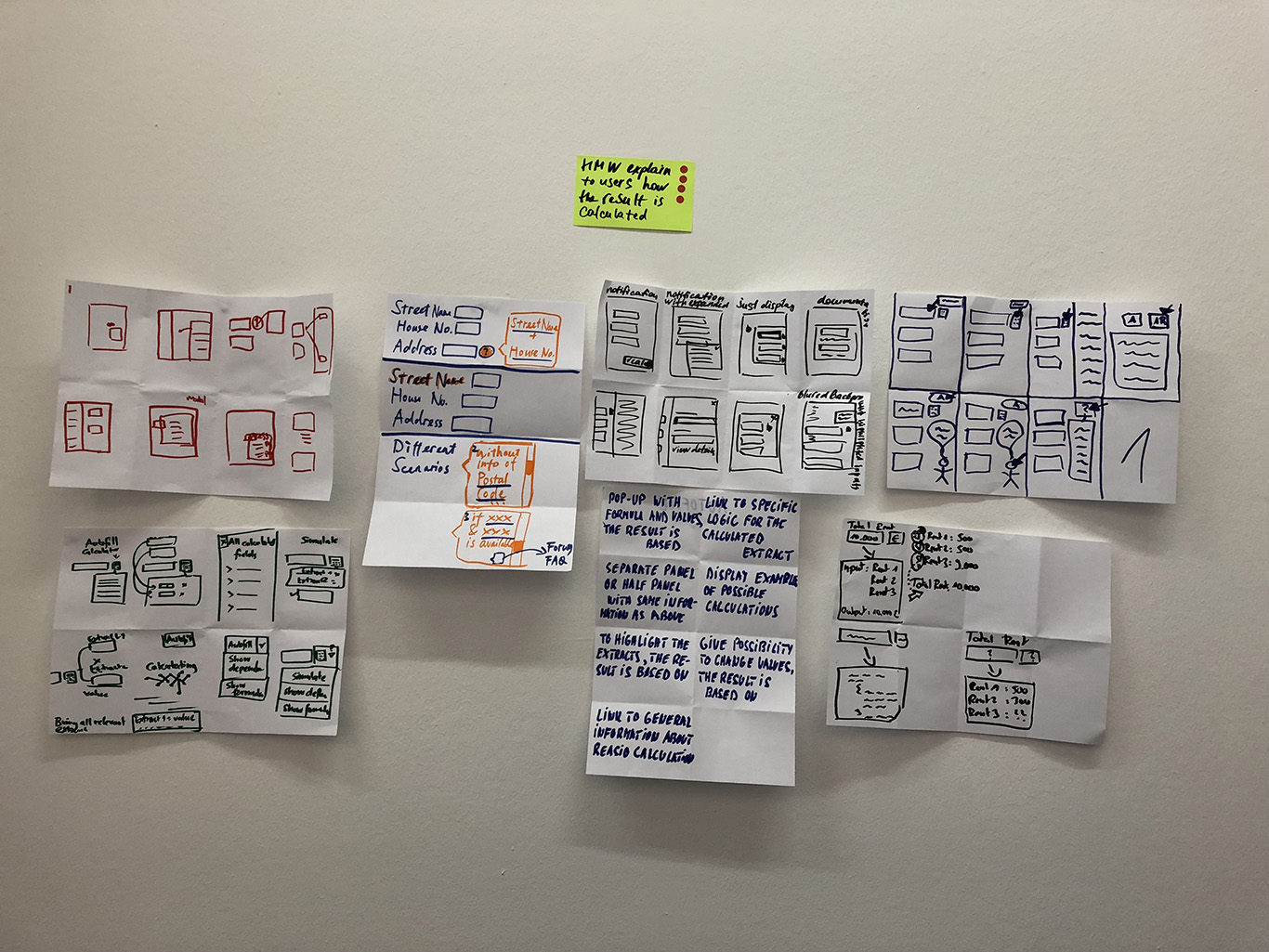
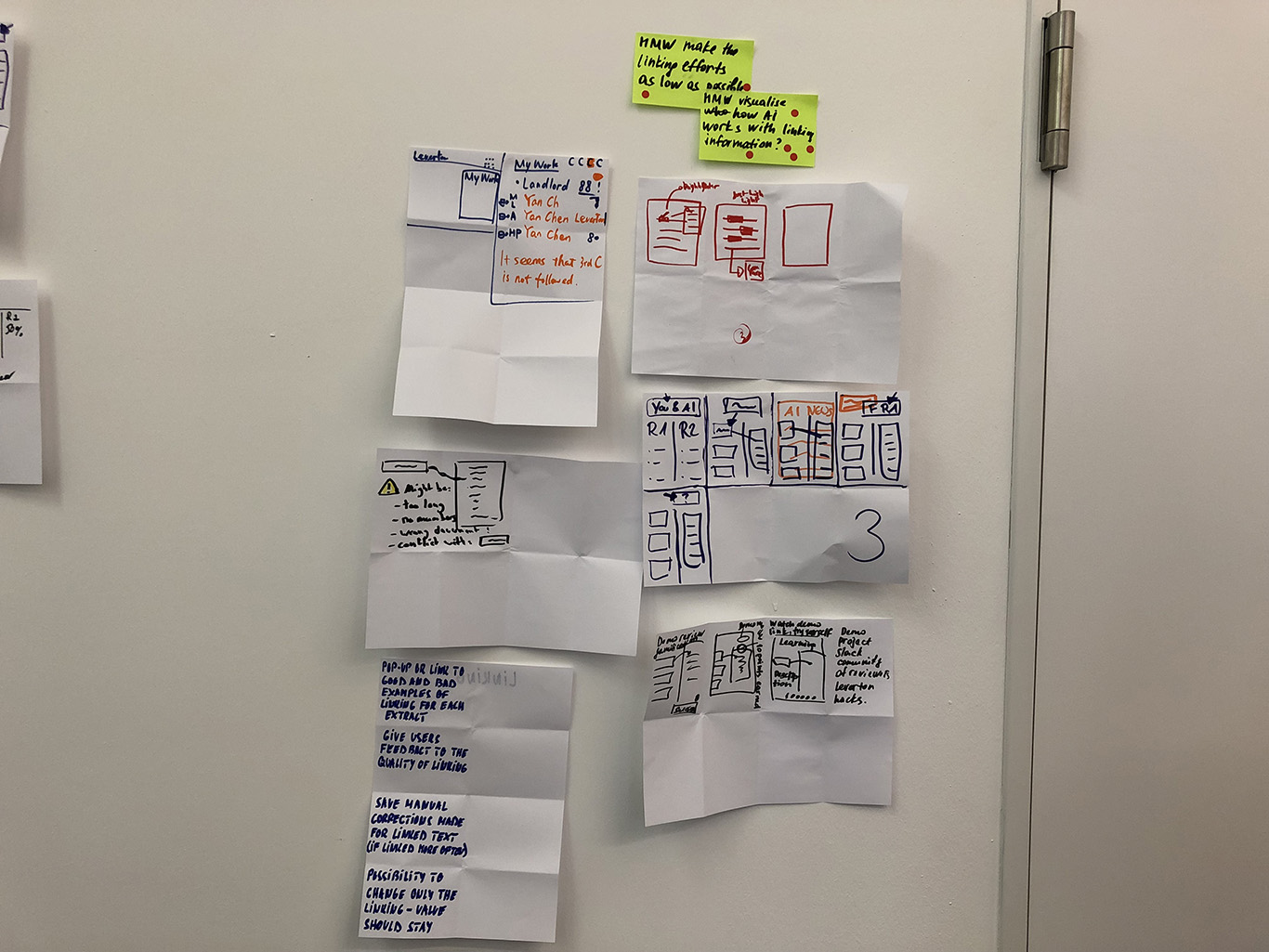
After the participants had an overview for other solutions, it was time to choose one of the best ideas and start sketching the experience of it. the sketch owner should explain it to us, but the solution should be self-explanatory.
Each participant hanged their solutions, and they got some voting dot stickers in which they will choose what they liked in the solution, as participants could put all their votes on one idea. A short presentation was needed since some ideas were solving technical issues.

